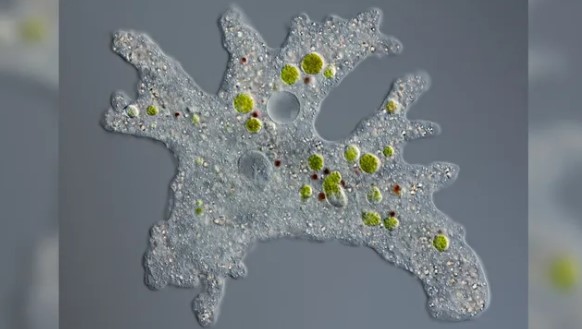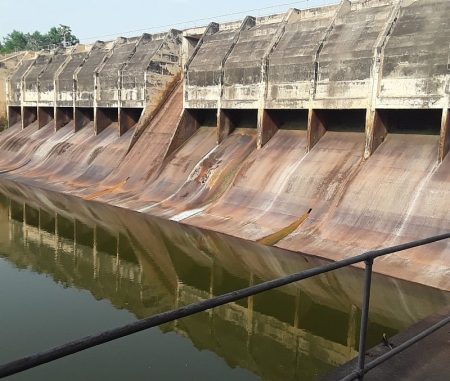Naegleria fowleri: A Rare but Deadly Threat
Naegleria fowleri, commonly known as the “brain-eating amoeba,” is a microscopic organism that thrives in warm freshwater environments such as lakes, rivers, and hot springs. While infection with this amoeba is exceptionally rare, it carries a devastatingly high mortality rate, exceeding 95% in most reported cases. This single-celled organism poses a significant threat to human health due to its ability to invade the central nervous system and cause a rapidly progressive and often fatal infection known as primary amebic meningoencephalitis (PAM). The recent increase in reported cases in Kerala, India, has raised concerns and prompted health officials to implement widespread testing and surveillance measures.
Understanding the Infection Process
Naegleria fowleri infection typically occurs when contaminated water enters the nasal passages, usually during activities like swimming or diving. The amoeba then travels along the olfactory nerve, which connects the nose to the brain, and invades the brain tissue. Once inside the brain, the amoeba multiplies rapidly, causing inflammation and destruction of brain tissue. This leads to the onset of PAM, a severe form of meningitis characterized by inflammation of the membranes surrounding the brain and spinal cord. The infection progresses rapidly, and symptoms typically appear within one to nine days after exposure.
Recognizing the Symptoms of PAM
Initial symptoms of PAM can resemble those of bacterial meningitis, including severe headache, high fever, stiff neck, nausea, and vomiting. As the infection progresses, more alarming neurological symptoms may develop, such as seizures, hallucinations, altered mental status, and coma. The rapid progression of the disease often leaves little time for effective treatment, emphasizing the importance of early diagnosis and intervention. However, due to the rarity of PAM and its similarity to other forms of meningitis, diagnosis can be challenging, often leading to delays in appropriate treatment.
Diagnosis and Treatment Challenges
Diagnosing Naegleria fowleri infection requires specialized laboratory testing, such as microscopic examination of cerebrospinal fluid (CSF) obtained through a lumbar puncture. This procedure involves inserting a needle into the spinal canal to collect a sample of the fluid surrounding the brain and spinal cord. The CSF is then analyzed for the presence of the amoeba. Unfortunately, due to the rapid progression of the disease, diagnosis is often made post-mortem.
Treatment for PAM is complex and often unsuccessful. Several antifungal medications, such as amphotericin B and fluconazole, have shown some efficacy in vitro and in limited case reports. However, these medications are not always effective in eradicating the infection, and the high mortality rate underscores the need for further research to develop more effective treatment strategies.
The Kerala Outbreak and Public Health Response
The recent surge in Naegleria fowleri infections and deaths in Kerala, India, has raised significant public health concerns. The doubling of cases compared to the previous year highlights the need for increased awareness, preventive measures, and prompt medical intervention. Health officials in Kerala have launched a comprehensive public health campaign to educate the public about the risks associated with Naegleria fowleri and the importance of avoiding exposure to contaminated water. This includes advising against swimming or diving in warm freshwater bodies, particularly during periods of high temperatures, and using nose clips or holding the nose shut when submerging in potentially contaminated water.
Global Distribution and Future Directions
Naegleria fowleri is found worldwide, but infections are primarily reported in warmer climates. While cases are relatively rare, the high mortality rate associated with PAM emphasizes the importance of continued surveillance, research, and public health initiatives to prevent and control this deadly infection. Further research is crucial to develop more effective diagnostic tools and treatment strategies, as well as to better understand the ecological factors that influence the distribution and prevalence of Naegleria fowleri. International collaboration and data sharing are essential to monitor trends, identify risk factors, and implement effective public health measures to minimize the threat posed by this rare but lethal amoeba.














